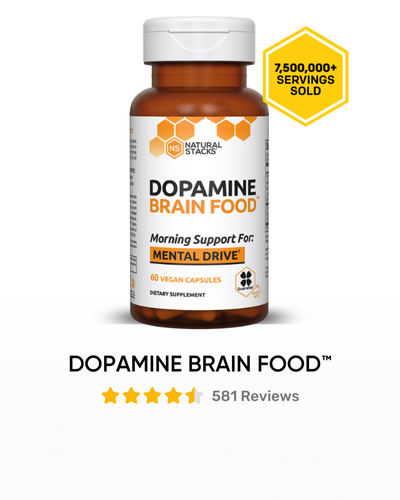Prebiotic-Scientific-Research
Resistant Starch (RS2) - Unmodified Raw Potato Starch & Green Banana Flour
In 2004, Nutrition & Metabolism found that “replacement of 5.4% of total dietary carbohydrate with RS significantly increased postprandial lipid oxidation and therefore could decrease fat accumulation in the longterm.” [1]
The American Journal for Clinical Nutrition found in 2005 that “dietary supplementation with resistant starch has the potential to improve insulin sensitivity.” [2]
The American Physiological Society found that “interactions between RS and the colonic microflora appear to be of benefit to the host in the short and long term. ” [3]
InulinFOS (FructoOligoSaccharide)
In 2009, the Journal of Physiology and Biochemistry found that Inulin FOS contributes to a wide range of health improvements: “FOS have important beneficial physiological effects such as low carcinogenicity, a prebiotic effect, improved mineral absorption and decreased levels of serum cholesterol” [4]
The Canadian Journal of Microbiology published a paper finding that “fructooligosaccharides represent a prebiotic fibre that supports the growth of a wide range of probiotic cultures and as such has a potential to improve the successfulness of probiotic treatments” [5]
InulinFOS can also improve the pH balance of the digestive system, by creating greater levels of the short chain fatty acid butyrate, according to a paper in the Journal of Human Nutrition and Dietetics: “Butyrate concentrations were higher in patients receiving the FOS/fibreenriched formula compared to standard formula” [6]
Trehalose
A 2013 study in Autophagy found that trehalose enhances autophagy in motoneurons, thereby slowing the progression of amyotrophic lateral sclerosis, also known as Lou Gehrig’s Disease: “At the mechanistic level, trehalose treatment led to a significant upregulation in the expression of key autophagyrelated genes at the mRNA level… Consistent with these changes, trehalose administration enhanced the nuclear translocation of FOXO1, an important transcription factor involved in the activation of autophagy in neurons.” [7]
Current Drug Targets published a paper in 2014 that trehalose has unique neuroprotective properties: “Mounting experimental evidence suggests that trehalose may prevent neurodegenerative disorders by stabilizing proteins and promoting autophagy.” [8]
In a 2005 paper, Neurobiology of Disease reported that “trehalose, a simple disaccharide, has been shown to be effective in preventing the deactivation of numerous proteins and in protecting cells against stress.” [9]
Ceylon Cinnamon
Cinnamon has been researched extensively over the years and is well known for its antiinflammatory properties. In 2012, the Journal of Traditional Complementary Medicine published research that found that “after chemical profiling of cinnamon's components, their biological activities including antimicrobial, antiviral, antioxidant, antitumor, antihypertension, antilipemic, antidiabetes, gastroprotective and immunomodulatory were reported by many investigators.” [10]
The European Journal of Clinical Investigation noted in 2006 that in people suffering from type 2 diabetes, “subjects with a higher initial plasma glucose level may benefit more from cinnamon intake… The cinnamon extract seems to have a moderate effect in reducing fasting plasma glucose concentrations in diabetic patients with poor glycaemic control.” [11]
According to research published in the Proceedings of Nutrition Society’s 2008 publication, “Subjects with the metabolic syndrome who consume an aqueous extract of cinnamon have been shown to have improved fasting blood glucose, systolic blood press
Sources:






